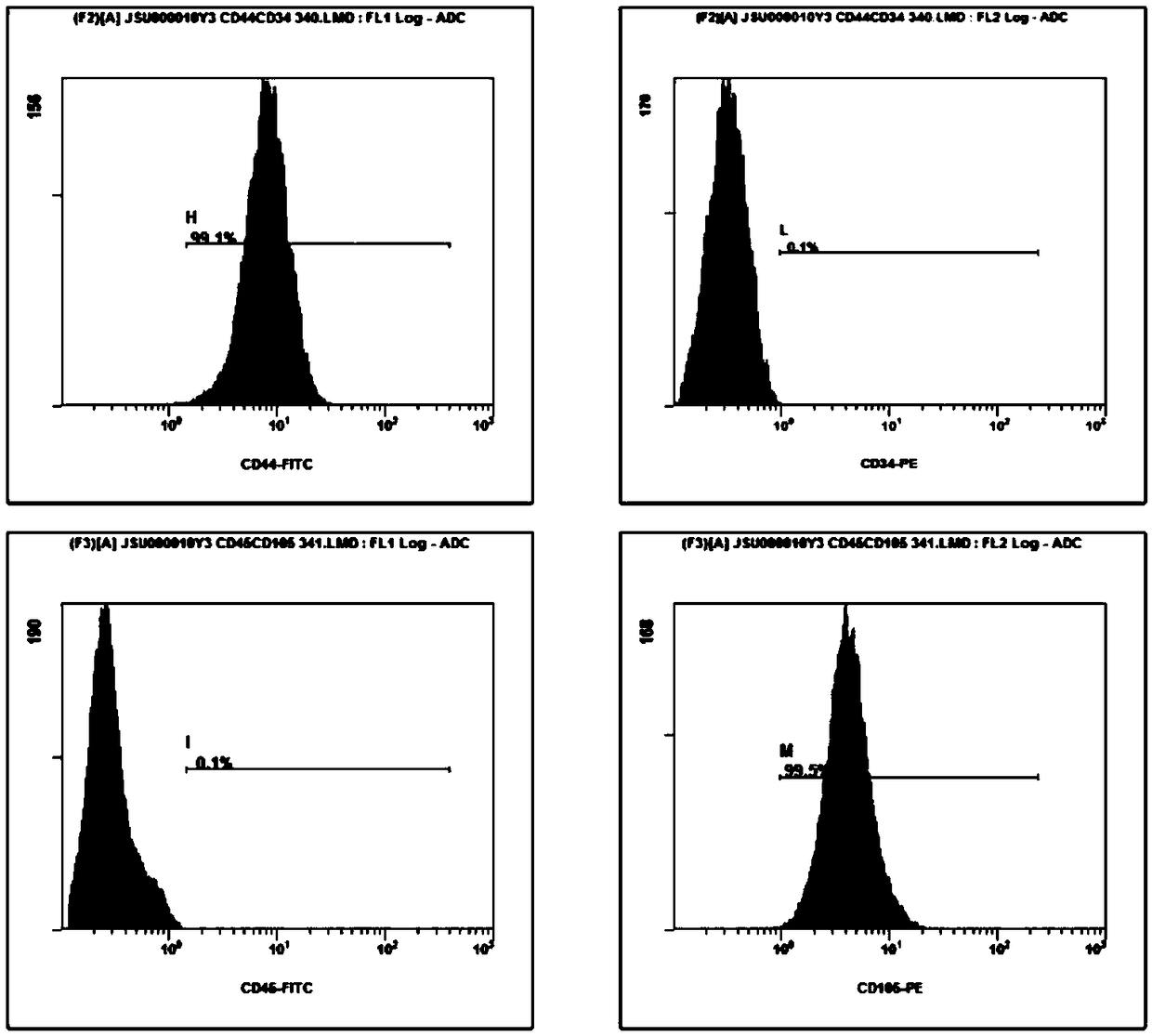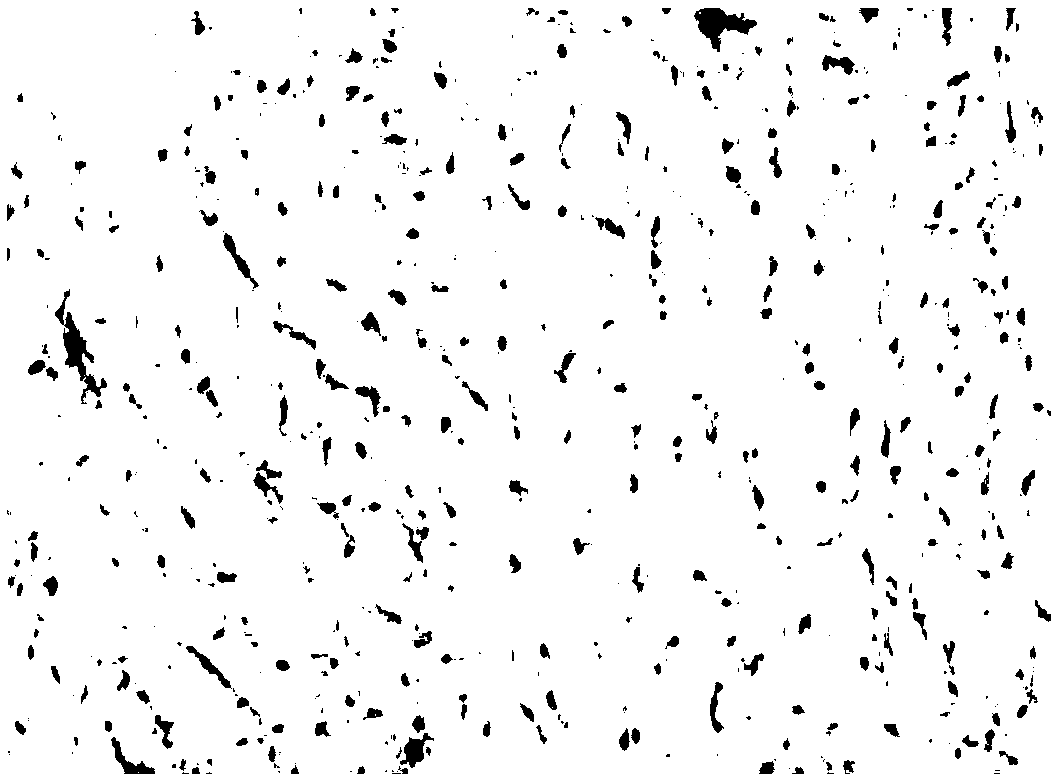Method and application for systematically freezing and storing human umbilical cord tissues according to structure levels
A human umbilical cord and cryopreservation technology, applied in the field of life sciences, can solve the problems of sample resource waste, high preparation cost, and long cycle, and achieve the effects of maintaining integrity, increasing cell yield, and improving cryopreservation and resuscitation activity
- Summary
- Abstract
- Description
- Claims
- Application Information
AI Technical Summary
Problems solved by technology
Method used
Image
Examples
Embodiment 1
[0050] The cryopreservation of embodiment 1 people's umbilical cord tissue
[0051] Proceed as follows:
[0052] (1) Wash the umbilical cord 3 times with normal saline, cut off both ends of the umbilical cord with tissue scissors, rinse twice with normal saline, tear off the surface amniotic tissue (try to keep the amniotic tissue intact), and remove the amniotic tissue, each less than 10cm 2 ;Rinse the amnion tissue with normal saline, fold the amnion or place it flat in a cryopreservation bag, add the balance solution pre-cooled to 4°C, balance for 8 minutes, centrifuge at 4°C, 1300rpm for 5 minutes, remove the balance solution, and then add the balance solution pre-cooled to 4°C ℃ vitrification solution Ⅰ, transferred to liquid nitrogen for cryopreservation;
[0053] The freezing solution includes 1) base solution: α-MEM medium containing 20wt% human serum albumin; 2) balance solution: adding 20wt% ethylene glycol to the base solution; 3) vitrification solution: basic 55...
Embodiment 2
[0080] Example 2: Recovery after umbilical cord cryopreservation
[0081] After cryopreservation for 3 months according to the method of Example 1, resuscitation was carried out, and mesenchymal stem cells were induced and isolated. The steps were as follows:
[0082] (1) Recovery of frozen umbilical cord amniotic tissue: Take out the frozen umbilical cord amniotic tissue from liquid nitrogen, put the cryopreservation bag in a water bath at 37°C to quickly dissolve for 80 seconds (about 80% dissolved), and then quickly transfer Put it in a biological safety cabinet, open the cryopreservation bag, gently remove the amniotic membrane with tweezers, put it into a centrifuge tube (50ml), add resuscitation solution Ⅰ (equilibrium at room temperature in advance), mix well, centrifuge at low temperature, remove the supernatant; then add Resuscitation solution II (balanced at room temperature in advance), mix well, centrifuge at low temperature, remove supernatant, and set aside;
[...
PUM
 Login to View More
Login to View More Abstract
Description
Claims
Application Information
 Login to View More
Login to View More - R&D
- Intellectual Property
- Life Sciences
- Materials
- Tech Scout
- Unparalleled Data Quality
- Higher Quality Content
- 60% Fewer Hallucinations
Browse by: Latest US Patents, China's latest patents, Technical Efficacy Thesaurus, Application Domain, Technology Topic, Popular Technical Reports.
© 2025 PatSnap. All rights reserved.Legal|Privacy policy|Modern Slavery Act Transparency Statement|Sitemap|About US| Contact US: help@patsnap.com



